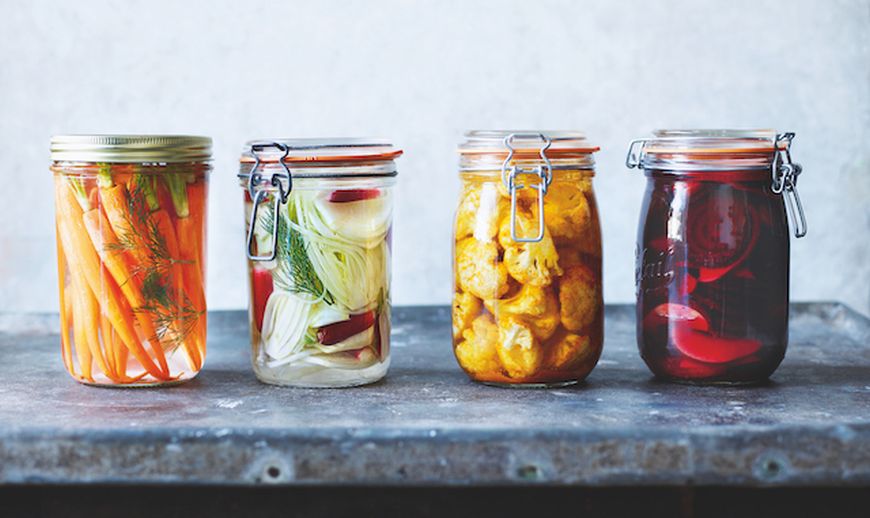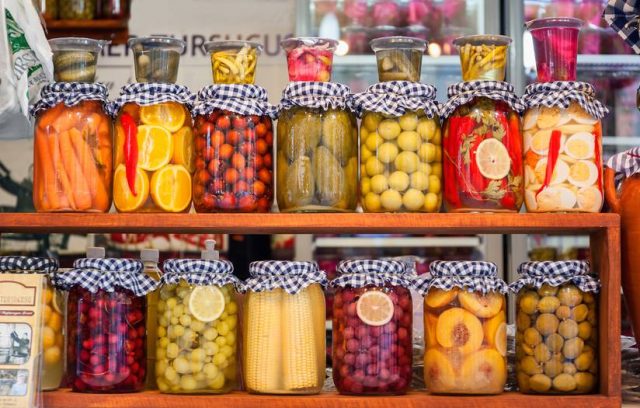
Pickling is not only a great way of extending the shelf life of your fruits and vegetables but also keeping their unique tastes and adding something extra to them. It is one of the oldest and easiest ways of preserving food. It was first used by the ancient Mesopotamians, around 2400 B.C. Originally developed for offseason consummation and long journeys, the unique taste of pickled products has led people to use it for flavor alone.
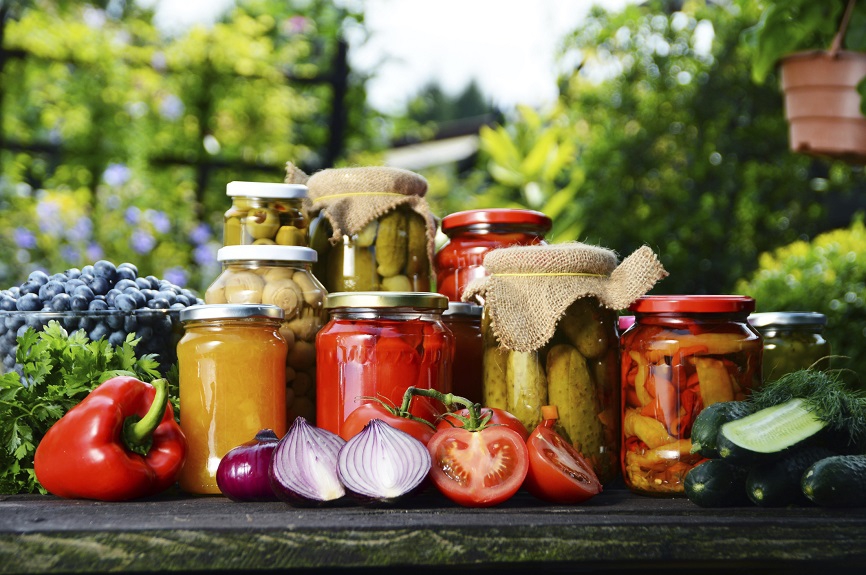
There are four basic methods for pickling fruits and vegetables, quick, salt-brined, vinegar-brined and fermented. Each of them has countless variations, developed over time to suit various tastes. Many of us remember the unique flavors of our grannies’ pickles, who jealously guarded their recipes and passed to them through generations. We will present just the basic versions of each of the four methods. Feel free to experiment and add a little something of your own to them.
Quick pickling is also called fresh pickle. Fruit and vegetables can be either cut to pieces or left whole. Some, like asparagus, require blanching and other, like beets, need to be cooked. Once cooled, the produce is placed in jars and covered with pickling liquid, which consists of water and vinegar. This is the creative part and you can add various herbs and spices to your liking. Quick pickling works well with cucumbers, carrots, cauliflower, hot or sweet peppers and green beans and cherries and crab apples.
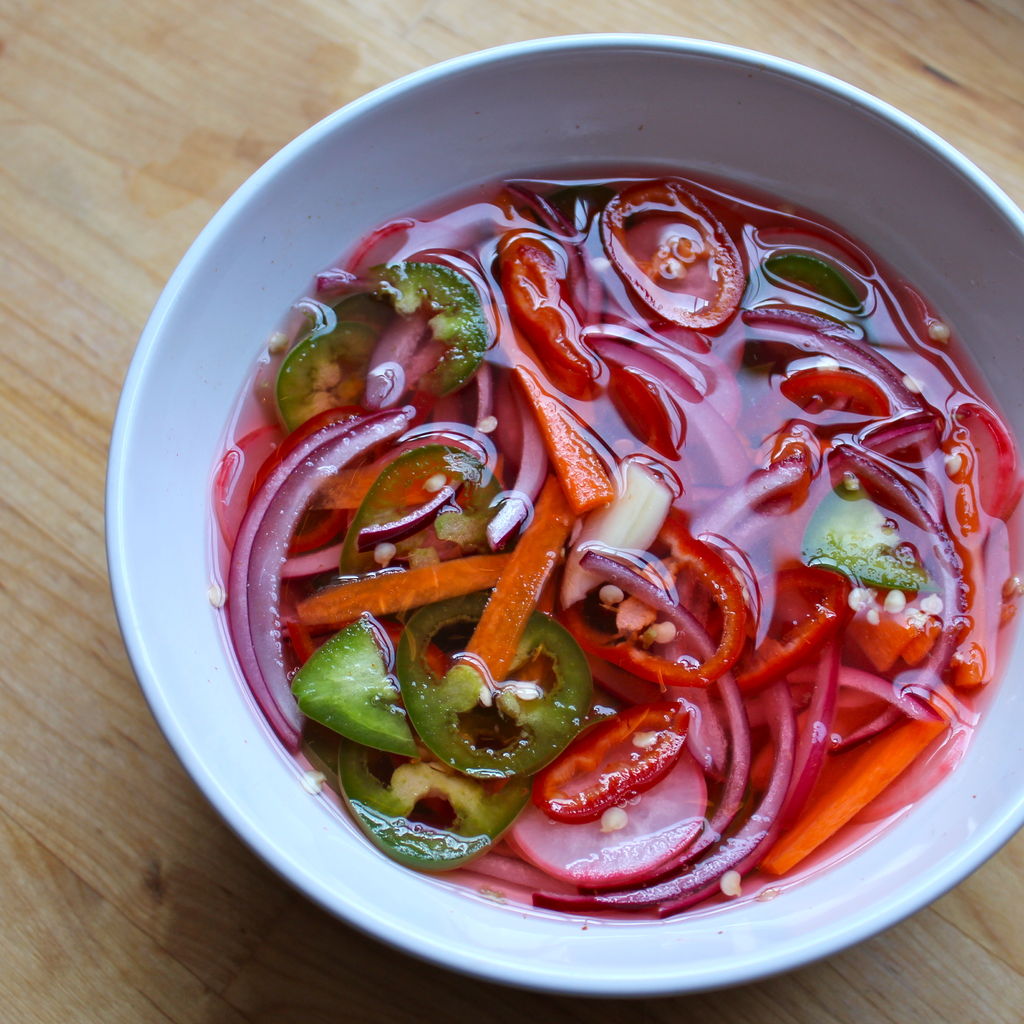
The salt-brined method consists of removing liquid from produce before pickling. Vegetables are chopped and heavily salted or placed in a salt brine for at least a few hours. Some vegetables can be left slated for a whole day. This allows the pickling liquid to reach deeper into the produce and achieve two goals. First, it vastly increases the flavor and second, it prolongs the shelf life of the pickle. Once the salt is removed, the produce is placed in jars and vinegar and water solution poured over it. The salt-brined method is best used for cabbage, zucchini, eggplant, and other juicy vegetables.
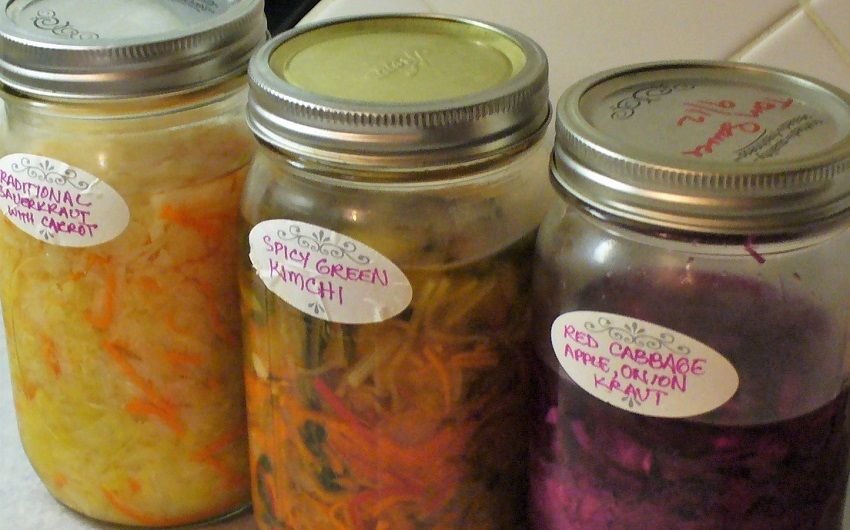
The vinegar-brined method is a bit more complicated and time-consuming than the previous two. The principal is the same, removing the excess water from the produce, but by using a different technique. By repeatedly soaking and draining vegetables or fruit in a vinegar solution, it is possible to almost completely drain them of their water, which allows their cells to be completely soaked in pickling liquid, which leads to a rich aroma and texture. There are several traditional recipes that utilize the vinegar-brined method, like the 9-day pickle or sweet gherkins. Soft fruits and watermelon rind can be pickled with excellent results using this method.
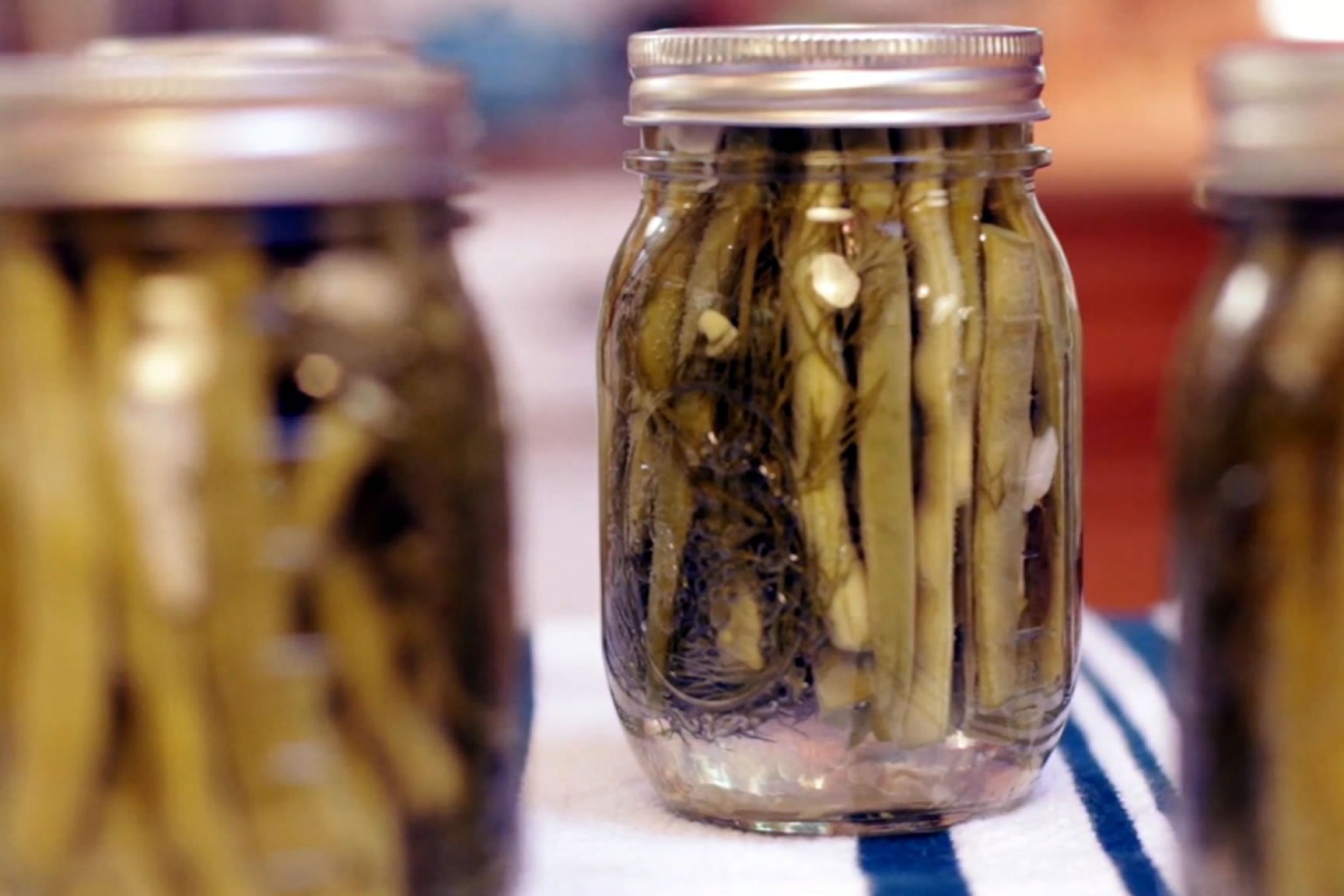
The fermented method is different than the others in a sense that it doesn’t use pickling liquid. Instead, the produce is submerged in a salt-water brine, pressed down and left to ferment. This leads to the creation of lactic acid which eliminates the need for vinegar. Not everybody appreciates the unique flavor of fermented pickles, though. The best-known example is Sauerkraut.
